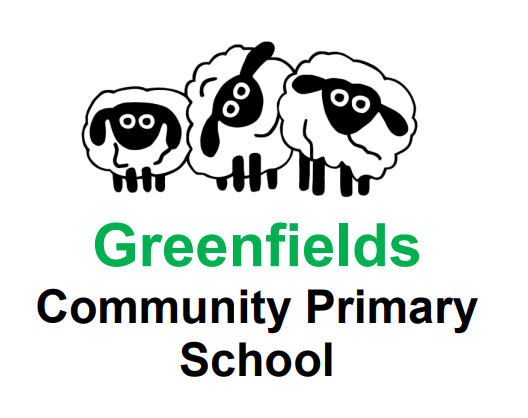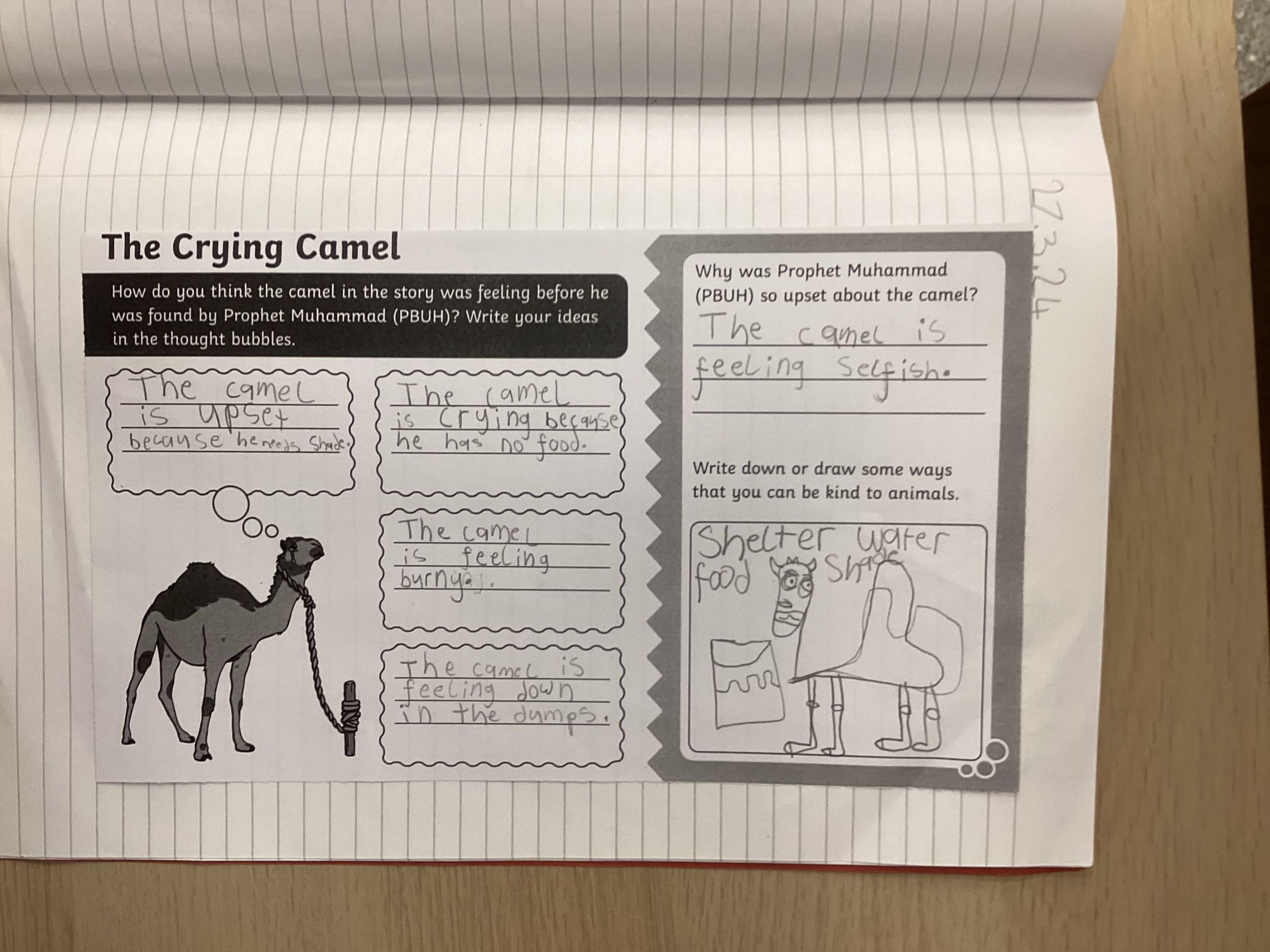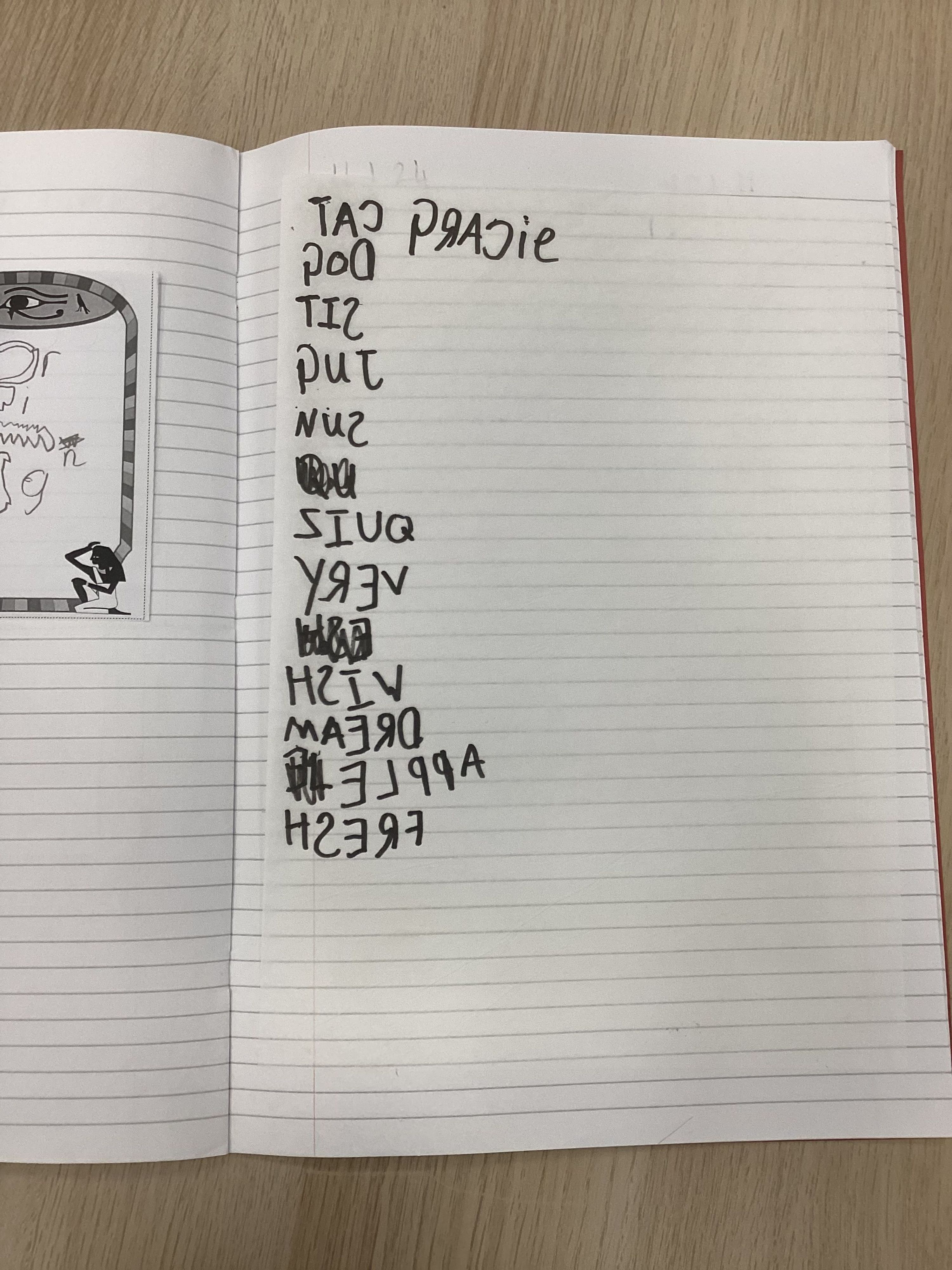2023/2024
Animal Antics
During this learning experience, we will be using our voices expressively and creatively. We will also be using instruments to experiment and combine sounds to make our own short pieces of music.
To begin this experience, we will be using the piece of music 'Carnival of the animals' as inspiration. We will listen to the music carefully, and think about the different instruments we can hear, the tempo and the pitch of the music and the animal that the music could link to.



Digital Wellbeing
Our next learning experience will help us to ensure that we are equipped with the skills needed in our digital world to keep ourselves safe. During this experience we will learn how to use technology safely and understand the importance of keeping personal information private. We will also learn who to talk to if we feel unsafe or uncomfortable online.
We learnt about safety through the use of stories. We were introduced to Smartie the penguin, who experienced a range of problems whilst using his online devices. We found out that the best thing to do when feeling uncomfortable online, is talk to a trusted adult.

We then went on to use a website to extend our knowledge - thinking about what our personal information is and how we can keep it safe. We found out that personal information is anything that is linked to use, e.g. address, phone number, where we go to school.



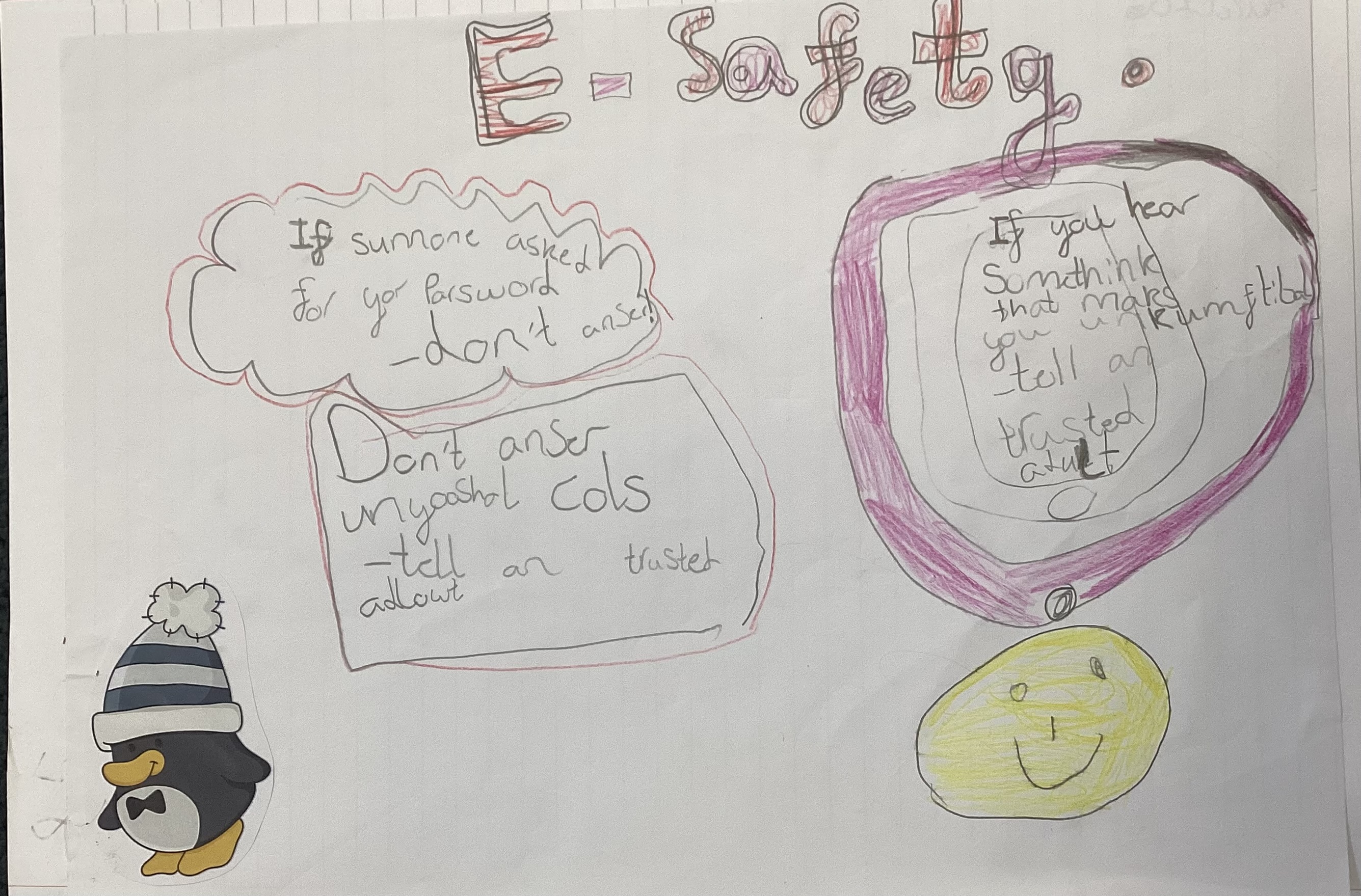
Plants
Throughout our learning experience, we will conduct different experiments and investigations to observe and discover how plants grow. We will also discover what plants need in order to survive.
At the beginning of our experience, we thought of our own questions that we would like to investigate about plants and their needs. We then conducted an experiment where we planted seeds and removed one of their needs to see how they would survive.
We then looked at the life cycle of the plant and discovered the different stages that the plant goes through to reach maturity.





After that, we looked at different shapes and styles of seeds and bulbs. We then tried to classify them into different categories and investigated the seed packets to see what information we could retrieve about growing the seeds.


We then learnt about germination and seed dispersal methods to ensure the plants' survival.






We then applied our knowledge on a school trip to Mote Park, looking for different flowering plants and methods of seed dispersal.
Islam
We will be learning about Islam. We will have 3 key questions that we will need to consider whilst we are learning about Islam. We will learn about the 5 pillars of Islam and understand what some Muslim people believe to lead a good life. We will then focus on specific areas, such as the pillar of Zakat to understand what many Muslim people follow as part of belonging to a faith community.
We started with our fingertip knowledge. These are the 5 key facts about the religion that we should be able to remember. We focus on the name of the religion, followers, the deity, the place of worship and the name of the sacred text.
We then learnt about the place of worship, the mosque, and learnt about the different features within the setting.


Next we looked at different artefacts and predicted what they may be and how they are significant to the religion.
Finally, we learnt about a story from the Qu'ran. We discussed the story and how the characters were feeling and what we thought the message of the story was. We then put all of our knowledge together to show off our palm knowledge, answering the questions set at the beginning of the experience.



Sewing
This term we are also looking at developing our sewing skills and creating our own functional products. We will look at products that already exist, and evaluate their function, materials and appeal to the user. After this, we will explore different materials to evaluate their practicality for the product. Then, we will learn and practice different techniques and apply these to our final product.
We will look at and evaluate a range of existing bookmarks to see what we like and dislike about them. We will also look at the materials and think about whether they are practical for the products.
After analysing the products, we explored different materials. We thought about whether the material would be sustainable and durable for the use of a bookmark.




Next, we learnt different techniques for knotting the thread, threading the needle and different stitches we could use with our final product. We practised running stitch and cross stitch.


We then designed and created our final product. We applied all the skills that we had been learning to our final product.



Dinosaurs
To begin this term, we will be learning about dinosaurs. We will explore the timeline of the different parts of the Jurassic era to see how the animals changed throughout each period. We will learn about fossils and the scientist who helped to discover these, Mary Anning.
We started our experience with 'dinosaur day', where we investigated 'poo' and used the clues that were present to decide whether it was a herbivore, an omnivore or a carnivore.
Then, we looked at different dinosaurs and chose our own categories to sort them into different groups. We found out that there are lots of dinosaurs with long necks, and that most dinosaurs cannot swim.
We went on a trip to Wingham Wildlife Park, where we had a session learning about dinosaurs from different eras and some of the features that made them distinctive and handled some artefacts such as dinosaur bones and teeth. We then had time to look around the park at the different animals and explore the 'dinosaur park'. We had a lot of fun!
After our trip, we looked at some of the information we learnt in more depth. We found out that there were different eras during the time of dinosaurs. There were the Triassic, Jurassic and Cretaceous periods, and the dinosaurs in each were very different. We found out that most of the dinosaurs that we know are from the Jurassic and Cretaceous period.

We learnt about Mary Anning. She was a famous scientist that looked for and found fossils. We learnt that there are different types of fossils. We also had the experience of trying to look for our own fossils in the sand using similar tools to those archaeologists use.
Finally, we discovered that there are many reasons that the dinosaurs may have become extinct. We looked into each of these areas and made our own leaflet to display all the information.
Animals
During this experience we will be learning about animals, including humans. We will discover that all animals have their own life cycle and go through different stages to reach adulthood. We will also discover the different needs that animals need to survive and grow into a healthy human. We will then think about the main food types needed for a healthy diet. Throughout the experience, we will be conducting an experiment to discover how germs can spread and the importance of good hygiene practice.
We learnt about the life cycles of different animals and the stages that they need to go through to reach adulthood. We found that there are some similarities between some of the life cycles, but there were more differences.
We conducted an experiment to visual see the importance of good hygiene. We had several slices of bread that had different conditions and predicted the outcome that we thought we would see. We touch the bread with unwashed hands, hands washed with water, hands washed with soap and water and finally, with a hand sanitiser. After several weeks, we began to see some disgusting results!
We then learnt about the basic needs that need to be met in order to survive. We found out that the basic needs are water, food and air. We presented this information as a poster.
Communication
To begin this term, we will be learning about how communication has developed and improved throughout history and within living memory. We will learn about important pioneers that helped to shape the world that we know today and experience using some of the devices and techniques used.
We begin our experience by looking at different types of communication that have been invented throughout history - looking back to Ancient Egypt. We learnt that the first methods of communication were through drawings.

We then moved forward in time to learn about the introduction of the printing press. We learnt about William Caxton and how he wanted a way to make texts more accessible for noble people in medieval times. We learnt that the letters had to be placed backwards and back to front. We had a go at recreating this. It was very challenging! We used tracing paper, so when we open the flaps in our books - the messages will be facing the correct way.


We have learnt about Morse code and how it is used to send coded messages. We learnt that all the letters have different formations using different combinations of dots and dashes. We used this knowledge to decode some secret messages.

We then had a go at 'sending' the messages using a Morse code machine.


Coding
In computing, we will be learning about coding. We will use a free app - Scratch Jr - to learn how to create, run and debug simple programs. We will learn how to make characters move, talk and interact with one another. We will also use these skills to create our own quizzes and games.
First, we experimented with the program to see what we could create using our own knowledge. We created some very interesting programs! We found out how to make a character move, talk and repeat functions.
We then learnt about inputs. We know that an input is the data provided to a computer program for it to process. We practised creating our own inputs using the blocks of code that are available in ScratchJr. We then used the blocks to create our own algorithms to solve the problems.

We applied all of our learning to create our own games.
Abstract Art
In Art, we will be learning about Abstract art and the skills needed to create a successful abstract picture. We will learn how to use our sketchbooks to show our exploration of shapes and colours and use them as a way to express ourselves. We will also learn about the colour wheel and how to make secondary colours by mixing primary colours.
We started our exploration by learning about 2D shapes and recognising them in our areas. We moved around different areas of the school, looking in the environment for different shapes. We realised that there are shapes all around us if we look very carefully.


We then learnt that colours can be used to show different emotions. We looked at different artwork and discussed how it made us feel. We then experimented with different colours and brushstrokes to express and show different emotions.





We practised drawing 2D shapes, both with and without a ruler, to see the importance of being accurate. We then used all of our knowledge to create our final pieces.




Music - Movers and Shakers
We will be learning about different artists and appraising their music - listening carefully to recognise parts of songs that we do and do not like. We will also be discussing key vocabulary, such as beat and tempo and listening to songs carefully to see if we can recognise these. Once we have learnt about the beat, we will create our own beats that we will perform using the instruments.
First, we listened to different songs, by Lewis Capaldi and Taylor Swift and compared their similarities and differences. We then discussed what we liked about the song and the parts that we would change.
Once we had appraised the songs, we learnt about the beat. We used animals to recognise different types of beats and used these to clap out our own beats.
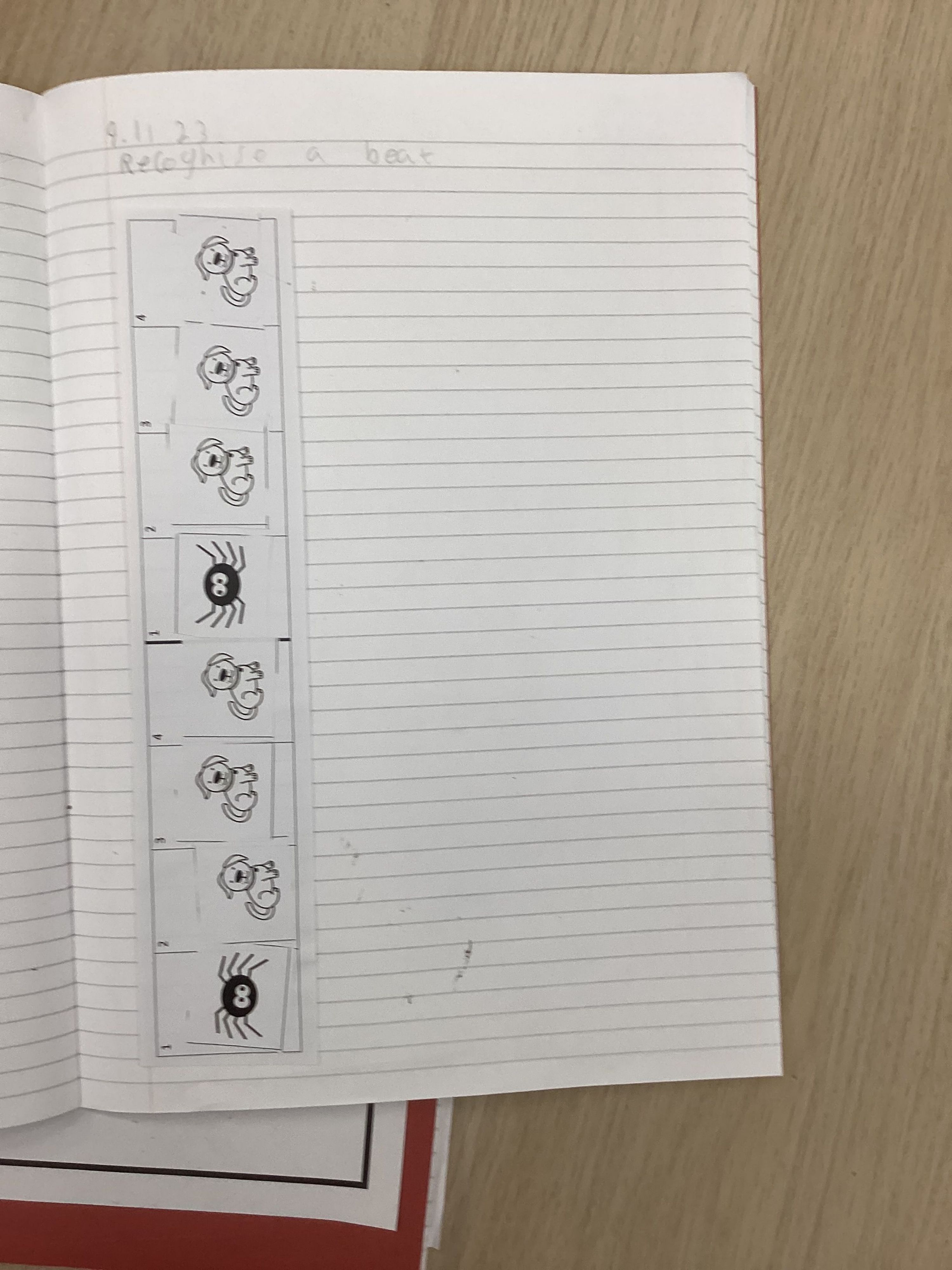


After planning our own beats and rehearsing our tunes, we performed our beats to the class.


RE - Judaism
We will be learning about Jewish people, their beliefs and traditions. During our learning, we will have an opportunity to visit a local synagogue, make traditional food and analyse a range of sources and discuss what they might be. Throughout our studies we will be focussing on answering 3 key questions;
• Who is a Jewish person and what do they believe?
• What can we learn from sacred books?
• What does it mean to belong to a faith community?
If you would like more information about our learning experience, please view the knowledge organiser below.
As part of our learning, we visited Chatham Memorial Synagogue. We were able to explore the building and learnt a lot of information about the Jewish beliefs and way of life. We were even able to try some Challah bread before we left!







We used our learning from the synagogue to help us remember the key facts about Judaism. We refer to these as our fingertip knowledge.
To complete out learning experience, we were able to show off all of our learning in workshops, where we made our own challah bread, learnt a story with a moral and more about a festival. We had a lot of fun and had a shared 'meal' at the end of the day.








Living things and their habitats
This term, we will also be learning about different habitats, the animals that we might find there and the adaptations that they have made to suit their living conditions. We will have lots of opportunity to explore our local surroundings to see what habitats we can find.
Living things and their habitats
Our Amazing World!
Willow Trees will be learning about our world. They will be learning about the seven continents of the world and the 5 oceans. By the end of our topic, we will understand what a climate is and be able to identify some human and physical features of cities. We will end our topic with a country study, where we will be learning about a non-European country and looking at the similarities and differences. Please see our knowledge organiser for more information.
Willows started their learning experience by learning the continent's song, which helped us to recognise the 7 continents of the world. We then used a map to label the different continents.
We then learnt facts about each of the different continents. We had to use the information to find an animal, name of a country and the population.



Once we knew each of the continents' names, we had to label these on a map. We learnt that the largest continent in the world is Asia, and the smallest is Australia.





We have learnt about the different climate zones and where they can be found in the world. Then, we looked at the world map and coloured the zones to show where they change.



Next, we learnt the difference between human and physical features in geography and sorted out different features that could be found.

We then looked at different images and identified the different human and physical features.
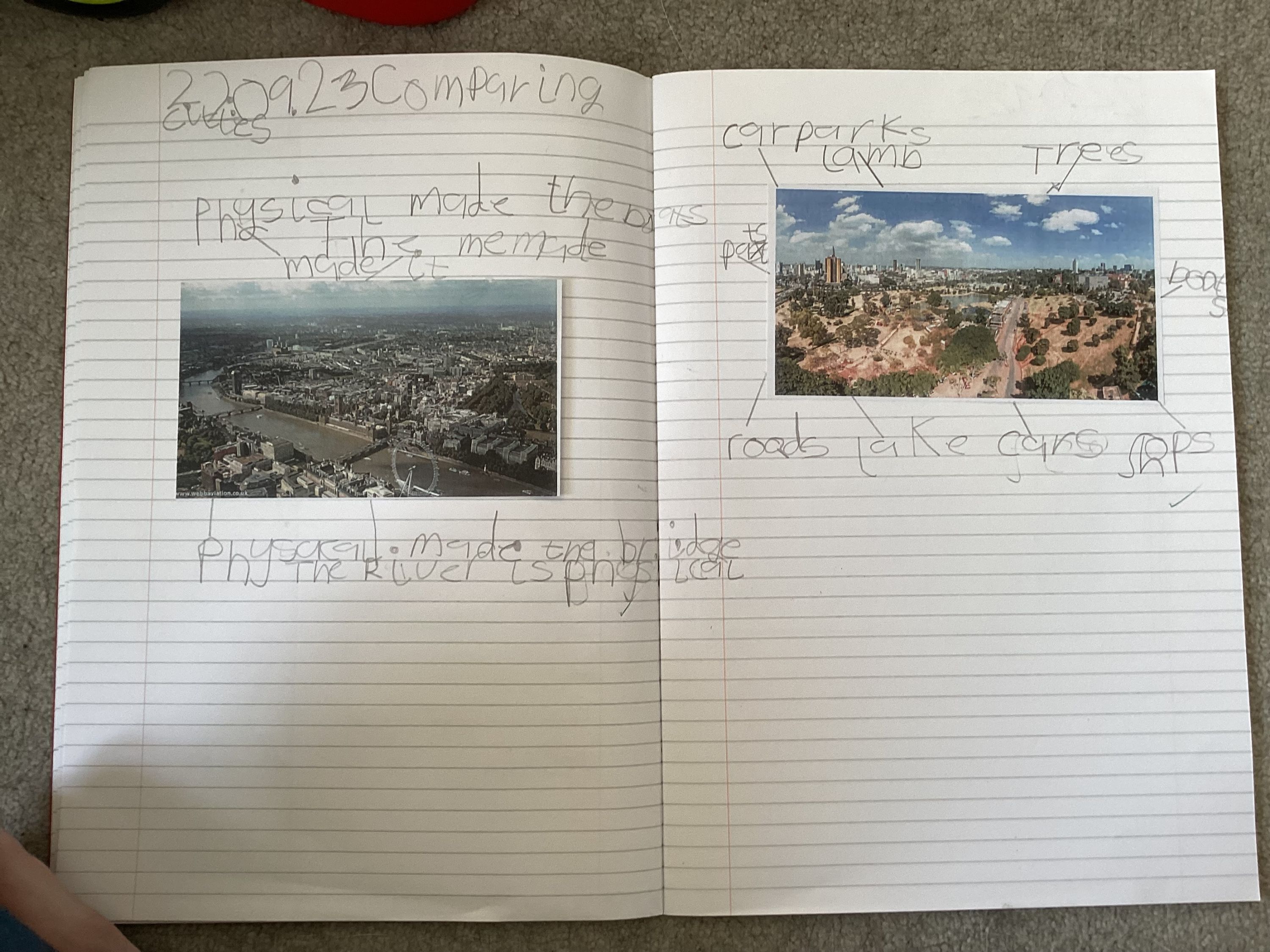

Finally, we compared the life of a child that lives in the UK to the life of a child that lives in a non-European country. We found out that there are a lot of differences e.g. children in Africa start school an hour before we do!


English
In English, we have been learning about what a sentence needs to be a good sentence. We now know that we need a subject (who word) and an action word (verb, what) in the sentence for it to make sense. We have been practising putting sentences into the correct order to make sure they make sense.


Maths
In Maths, we have been practising our place value knowledge. Year 2 have been using the 10s and 1s to recognise the difference between the tens and ones in a 2-digit number.




